|
The Acadian World Congress is a huge cultural event that mixes history, genealogy, and culture, with art, entertainment, music, and dancing, and thousands of people with Acadian surnames in their lines attend. It is not unusual for someone to hand you a printed copy of a genealogy with an entire surname line documented. Well, that's one way of finding out if you're related - on the spot! The Congress, which is held every five years, took place in Nova Scotia in 2024. While culture, history, and heritage factored in the formal programming, and many were eager to share what they knew of their surnames and family lines with friends and relatives there, the Congrès 2024 main attraction, as I observed, was, simply put, "to have a whole lot of fun." And there was a whole lot of fun to be had all around: Whether you were sampling the regional cuisine, learning how to speak Acadian French from a local, or dancing to the irresistible beat of an Acadian - Cajun band, a delightful experience for all was almost guaranteed. Thousands of Acadian diaspora who attended the Congrès partied non-stop, day and night, all week long, and we were delighted to be a part of it all! Adding to the mix, there were other events of our own making -- including an excursion to Mavillette Beach, dinner at Robichaud's, a quick visit to the mysterious Shag Harbor, a walk through the magical "Le Petit Bois" with Mrs. Theriault, a cook-out at Hectanooga, a visit to a War Memorial in Digby, and crafting and conversation with the Thimots. One of the highlights of our week was attending the Louisiana Cajun music / dancing /and a taste of Gumbo party at Le Richelieu, hosted by Brenda and Ray Trahan. How about that Les Amis du Teche Cajun band? They got everyone out on the floor! The photos and stories shared here capture only a part of the Congrès mondial acadien 2024 international celebration. All in all, we were extremely grateful to have been able to be a part of the events, meetings, dinners, suppers, morning, afternoon, and evening coffees, cook-outs, and reunions we had with our dearest friends and family. So many of us who attended were able to bring our grown children into the mix as well (they are our next generation) and I am so very thankful that they were able to make the trip to Nova Scotia to meet with one another! Memories were made and friendships were forged that week that will last a lifetime -- and, if we're lucky, maybe beyond! In closing, I give a "Grand Merci" to our hosts the Theriaults, to our friends, and to our big, huge, extended family who made our stay in Southwestern Nova Scotia a joy and a delight. You made us all feel truly "at home." ... And now for the photos and just a few stories: After crossing the US-Canadian border at Calais, we stayed the night at a delightful camp in Sussex, New Brunswick. The next morning, we drove the camper into Saint John where we took the ferry to Digby, Nova Scotia -- the "Scallop Capital of the World!" After spending the day in meetings on the 10th of August, we boarded a specially chartered shuttle bus, checked in at the gate, and made our way to the CMA opening ceremonies at Sainte-Anne's. The atmosphere was charged with anticipation as crowds gathered, with more than a few sporting CMA 2024 hats, tee-shirts, and Acadian bling. This was the start of the first CMA in the Clare, Argyle, and Yarmouth area in twenty years! Hurricane Debby brought high wind gusts and pounding rain only hours before, causing cancellations and delaying flights into the region, but by the time the opening program got underway, at about 6 p.m. on Saturday evening, only a little bit of drizzle remained in the area. Aside from the one night when Hurricane Debby passed through the area, and I worried our camper would take flight with us inside (it didn't!), we enjoyed spectacularly beautiful weather while camping on Baie Sainte Marie (St. Mary's Bay) and during our stops at Shag Harbour and Mavillette Beach. Shag Harbour is an amazing place with an incredible story involving a UFO that crashed into the water there. If you know someone in the area, ask them to take you to Shag Harbour. If you're lucky, they may tell you a little bit more about what happened that night, and who was involved, than what you may read on the signs. The museum is a must-to-visit as well. No trip to Nova Scotia is complete without a stop at the mystical Shag Harbour in Barrington (at least in my opinion!) We enjoyed a taste of home-made gumbo, and danced to live, Cajun music at the Louisiana party at Le Richelieu, held on Monday night, August 12th. Mostly women danced there because the venue was at capacity, and the men had to hold on to their seats! Adding to the exchange of heritage and culture, the Thimots hosted us for a day of crafting and conversation. Here, Daniel shares what's inside of his own, personal DNA. We gathered together with a mix of friends and cousins for dinner, music, and general celebration at La Cuisine Robicheau's (aka "Robicheau's) on the the evening of Tintamarre (August 15th) -- a time when Acadians make a whole lot of noise! We all cheered as vehicle after vehicle, each festooned with Acadian colors and honking their horns, passed by. One afternoon at Le Petit Bois, guided by Mrs. Theriault, we followed one pathway and then another through a peaceful, wooded glade near Sainte-Anne's Campus. If you are very patient, quiet, and calm, you may be able to feed the birds there, as we did, right from the palm of your hand! We end our "petite partie" with a visit to the World War Memorial in Digby, Nova Scotia, erected in honor of Canadian servicemen who fought in World War I, World War II, and in Korea. Acadian genealogists may note Acadian surnames as they appear on both the World War I and World War II memorial plaques. September 3, 2024: Just added several photos contributed by friends and cousins to my "Une Petite Partie" blog since posting about a week ago. Also mentioned the name of the must-visit restaurant where we gathered on the 15th of August: La Cuisine Robicheau's (aka "Robicheau's).
Cite: Willett, M. (2024, July 15th). "Library hosts author to reveal DNA research." WHSV News. https://www.whsv.com/2024/07/14/library-hosts-author-reveal-dna-research/
Thank you, Mason Willett, and WHSV News for excellent coverage and for accurately representing what has come to be my life's work. Thank you, Bev, and presentation organizers, for inviting me to present! Mason interviewed me right after I had finished giving a presentation on a very hot Sunday afternoon, on the 14th of July, down here in the Valley. My late grandmother, Asselia S. Lichliter, who inspired the research which led to the uncovering of a hidden, North American - Native American - Acadian - Cajun family history, would have been so delighted to know that I have had so much fun following in her footsteps and making all of these discoveries about ancestors hidden in mine, and others, family trees. "The sun never sets on DNA Genealogy History." She would have agreed with that statement! To any family researcher who shouts, or has ever shouted, "I JUST FOUND [fill in the blank ancestor]" just when you thought you would NEVER FIND [fill in the blank ancestor] by reading through EVERY PAGE of a civil or parish register, I dedicate the following post:
I had the occasion to recommend a couple of reliable sources on Wikitree, which I cited while adding family profiles to that system. Happily, the feedback received in response to my recommendations, appeared to be very positive. As there is no reason why I should not share these same sources with everyone, I am publishing my recommendations along with the links to Wikitree Reliable Sources lists where they have been posted. The sources I've recommended in this post have original scanned and digitized records, and they add to the numerous scanned and digitized census reports, civil and church registers, and other records inventories made available to us so graciously by the Canadian and Nova Scotia archives, the State of Louisiana, the Diocese of Baton Rouge, and other State organizations. I can't tell you how very helpful these sources are in researching and verifying the marriage, births, and deaths of our French and Acadian ancestors and how exciting it is when the name of a beloved ancestor, or two, or three, born hundreds of years ago, "pop out" (and they do have a way of "popping out") while reading through the records, in their original form. The birth notice for ancestor Charles Gaschet de Lisle, and one for the marriage of his parents, did "pop out" (finally!) in the Les Archives nationales d'outre-mer after paging through hundreds of records. I felt elated, like I struck gold, when I found their names, and all of the details of their birth and marriage events as recorded in French, in the pages of antique civil registers. That "aha" feeling was every bit worth the time it took to read through every page! Family records appear, as recorded in the original French language, in the civil registers of Saint-Pierre, Martinique as cited below (as an aside, I find I have autosomal DNA matches in My Heritage whose families are also from Saint-Pierre, Martinique -- but to find out how we relate, exactly, is research for another day):
Moving on to the Acadians. I have added my mtDNA-proven matrilineal line, and other related ancestors, starting with me (Wikitree profile M. Asselia Rundquist) and tracing all the way back, from mother to mother, to ancestor Anne Marie Mi'kmaq in Wikitree, and have of course, included my ancestors who were exiled to the State of Maryland. While editing a profile of Angelique David, one of my direct ancestors in my matrilineal line, I referenced the AcadiansWereHere.org website where we have a county map and scanned images of the 1763 census taken in Colonial Maryland.
I invite you to research both of these recommended sources with confidence, enjoy using the reliable sources pages referenced in the post, and have a great time researching ancestry! Jourdan Thibodeaux has profound words: "Oh tu vis ta culture Ou tu tues ta culture Il n'y a pas de milieu." ("You live your culture or you kill your culture... there is no in between." ) Let his message sink in while you listen to his music. Link to: La Prière, Official video for “La Prière” by Jourdan Thibodeaux et Les Rôdailleurs directed by Jourdan Thibodeaux and Drake LeBlanc, Télé-Louisiane https://youtu.be/-3AQ5BYrXXE
|
Archives
June 2025
Categories
All
|
DNA-Genealogy-History.com Site Index:
Copyright 2025 Marie Rundquist., DNA Genealogy History, LLC
DNA Genealogy History, LLC is a registered S Corporation with the State of Virginia and the Federal Government since 2017, is a retailer and distributor of books and digital publications, and is certified, authorized and empowered to collect Sales and Use Tax for the Commonwealth of Virginia.
E-Mail Your Comments to [email protected]
This website is not intended for users located within the European Economic Area.
DNA Genealogy History, LLC is a registered S Corporation with the State of Virginia and the Federal Government since 2017, is a retailer and distributor of books and digital publications, and is certified, authorized and empowered to collect Sales and Use Tax for the Commonwealth of Virginia.
E-Mail Your Comments to [email protected]
This website is not intended for users located within the European Economic Area.



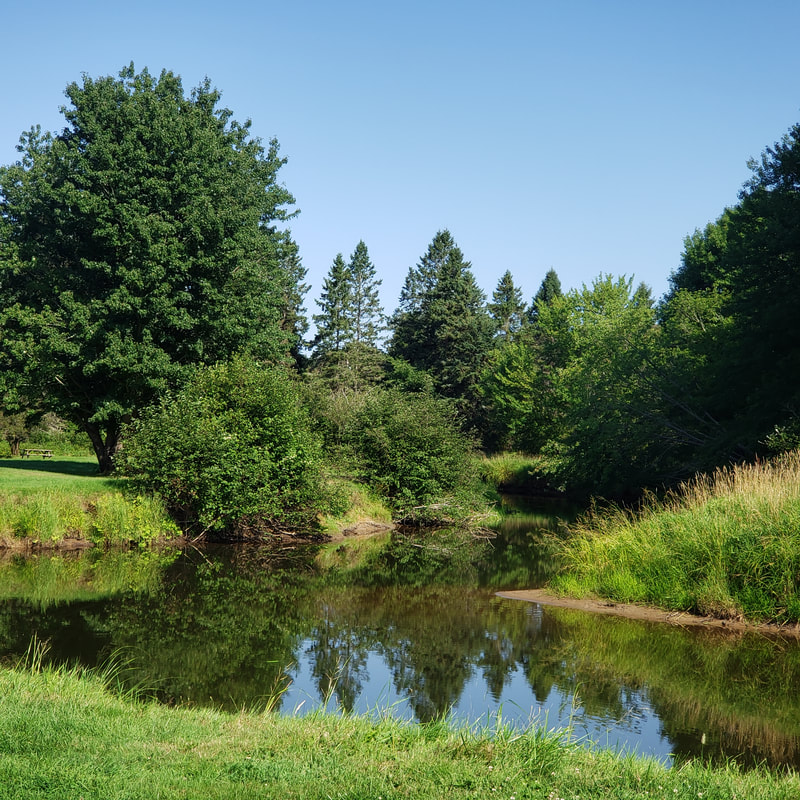











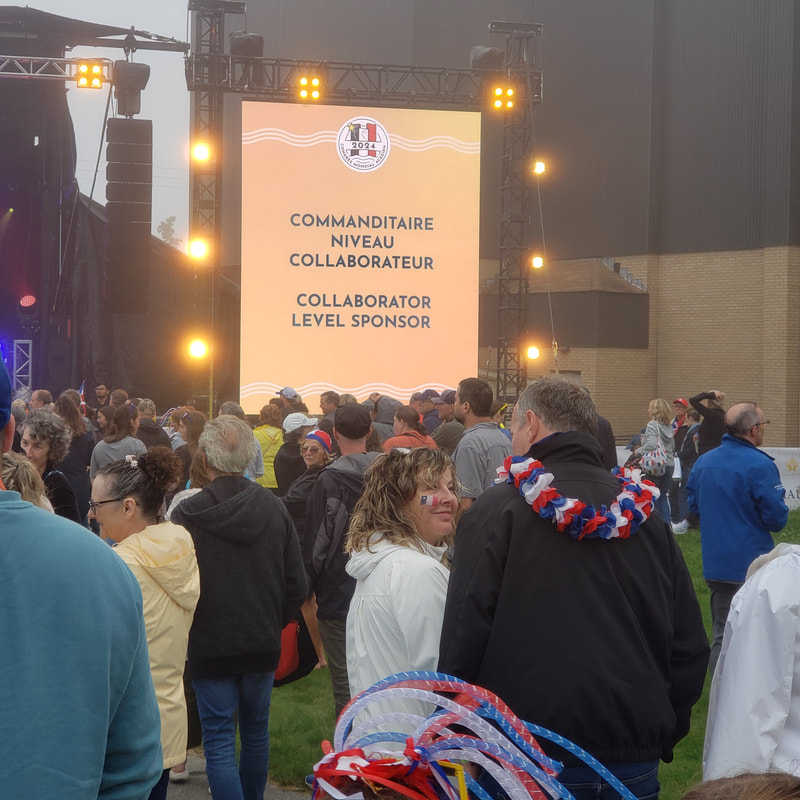











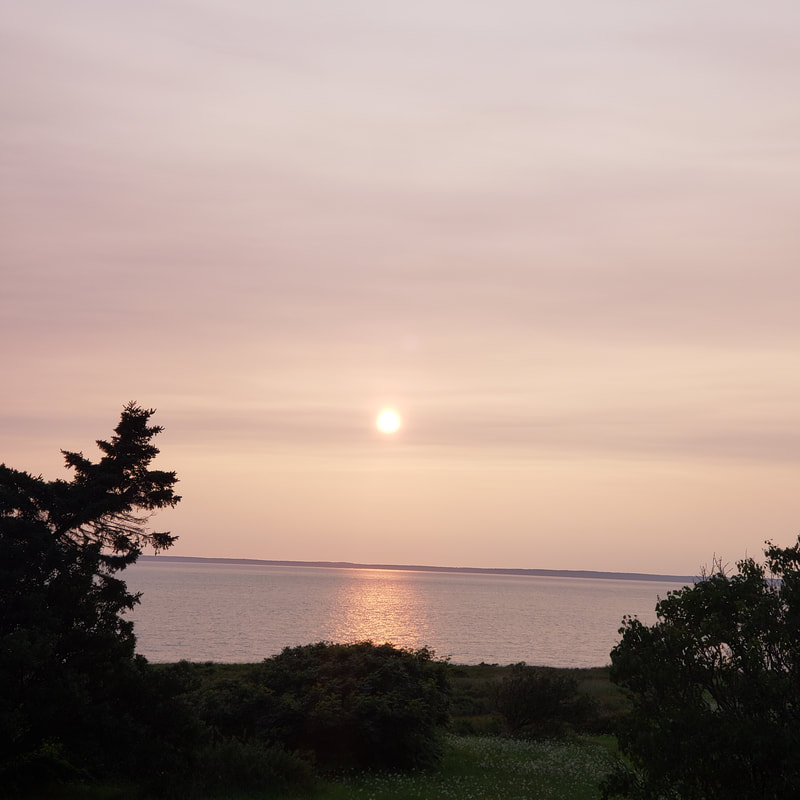



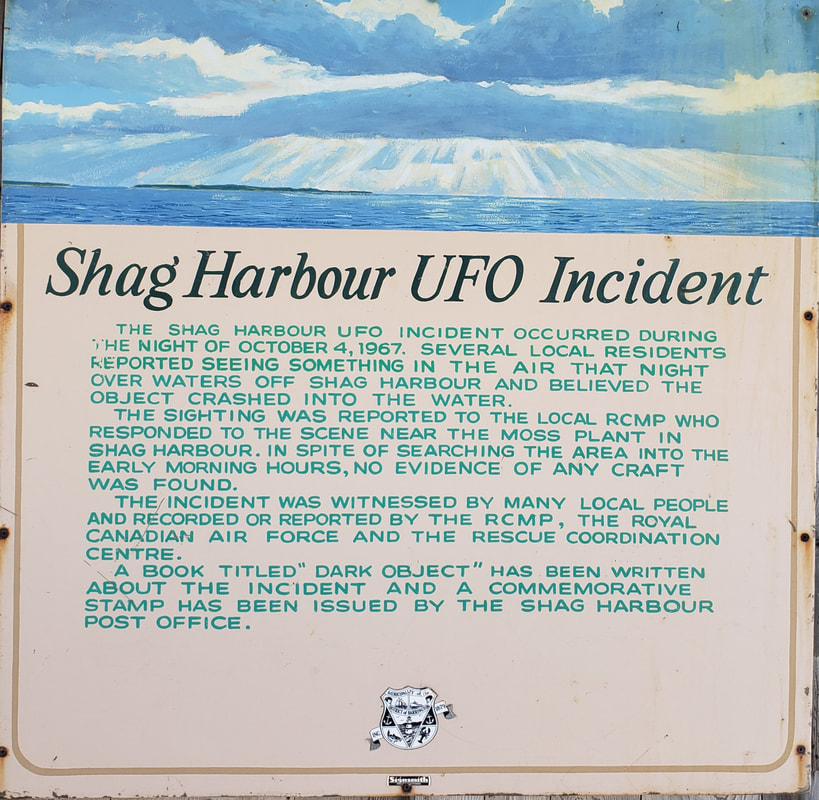













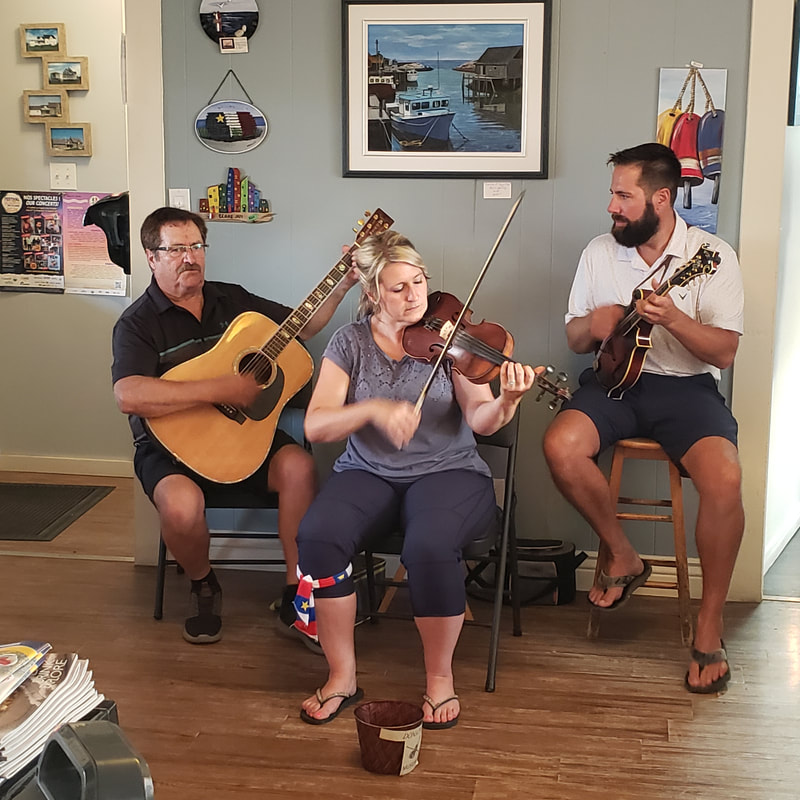





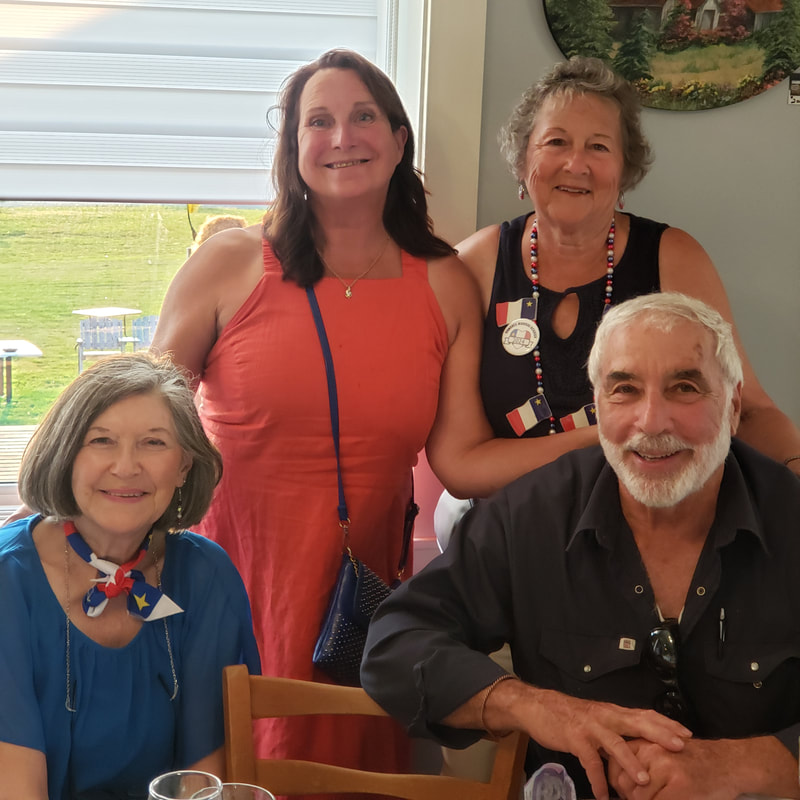






















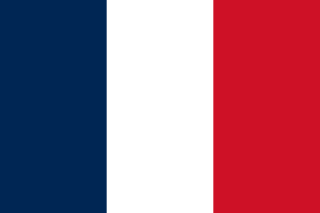



 RSS Feed
RSS Feed
